Gastrointestinal: Upper Gastrointestinal Bleeding
- Several clinical prediction scores have been developed to risk-stratify patients presenting with upper gastrointestinal bleeding (UGIB) and can help guide the sequence of diagnostic tests and subsequent management. The two most commonly used are the Glasgow-Blatchford score and Rockall score. These scoring systems are designed to aid in the identification of patients who will require acute interventions and determine the risk of rebleeding and mortality.
- Endoscopic intervention is beneficial in high-risk patients with UGIB, reducing the rate of rebleeding, the need for surgical intervention, and mortality. Recent advances in the use of combination therapies and newer mechanical means of hemostasis have increased the success of endoscopic management.
- Contrast-enhanced, multiphase computed tomography (CT) techniques have improved dramatically over the last decade. CT serves as an excellent complementary test to endoscopic techniques in the management of the hemodynamically stable patient.
- Transcatheter angiographic embolization is an attractive alternative to surgical intervention in select patients. Advances in catheter-based delivery systems have increased the success rate of angiographic embolization, particularly in patients who have a failed second attempt at endoscopic hemostasis.
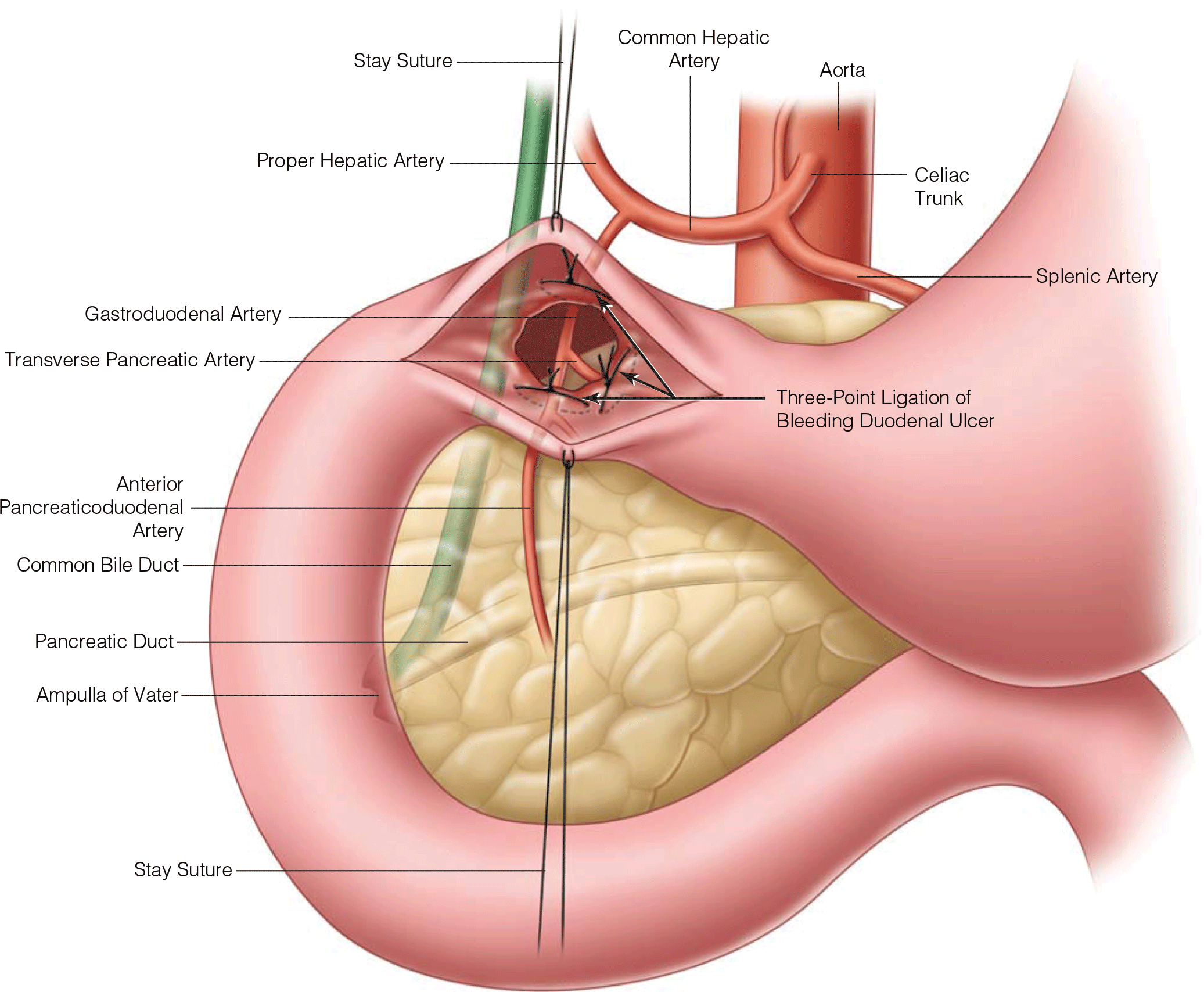

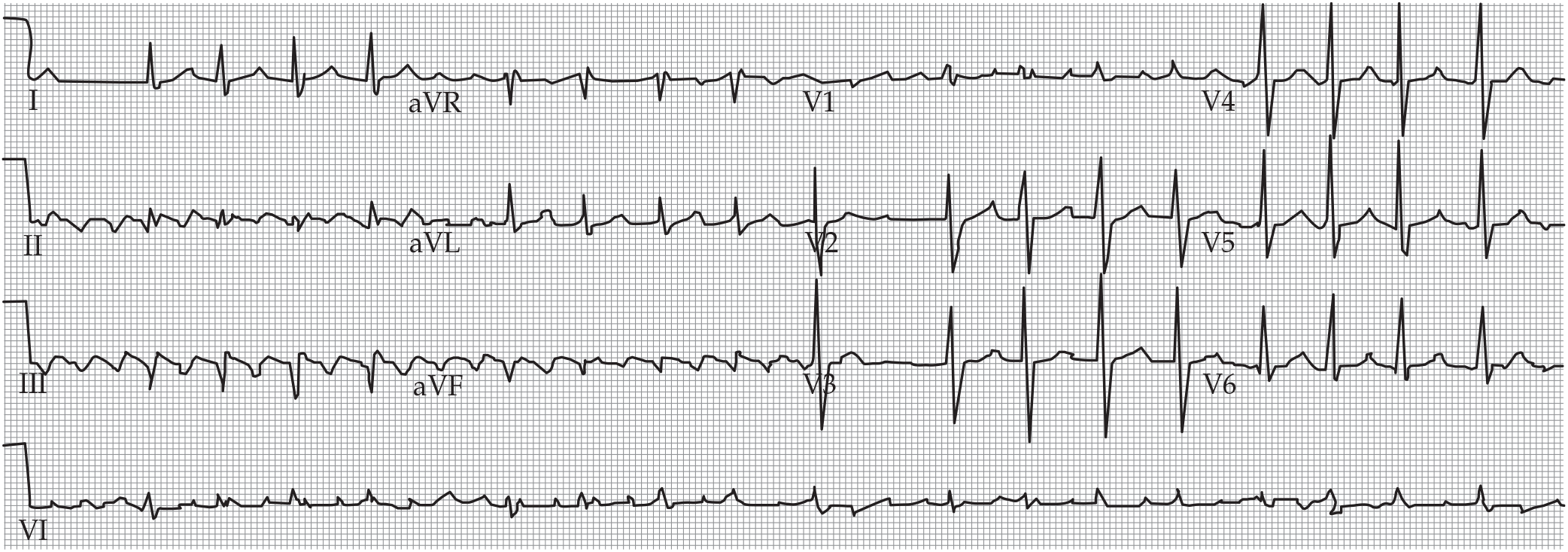
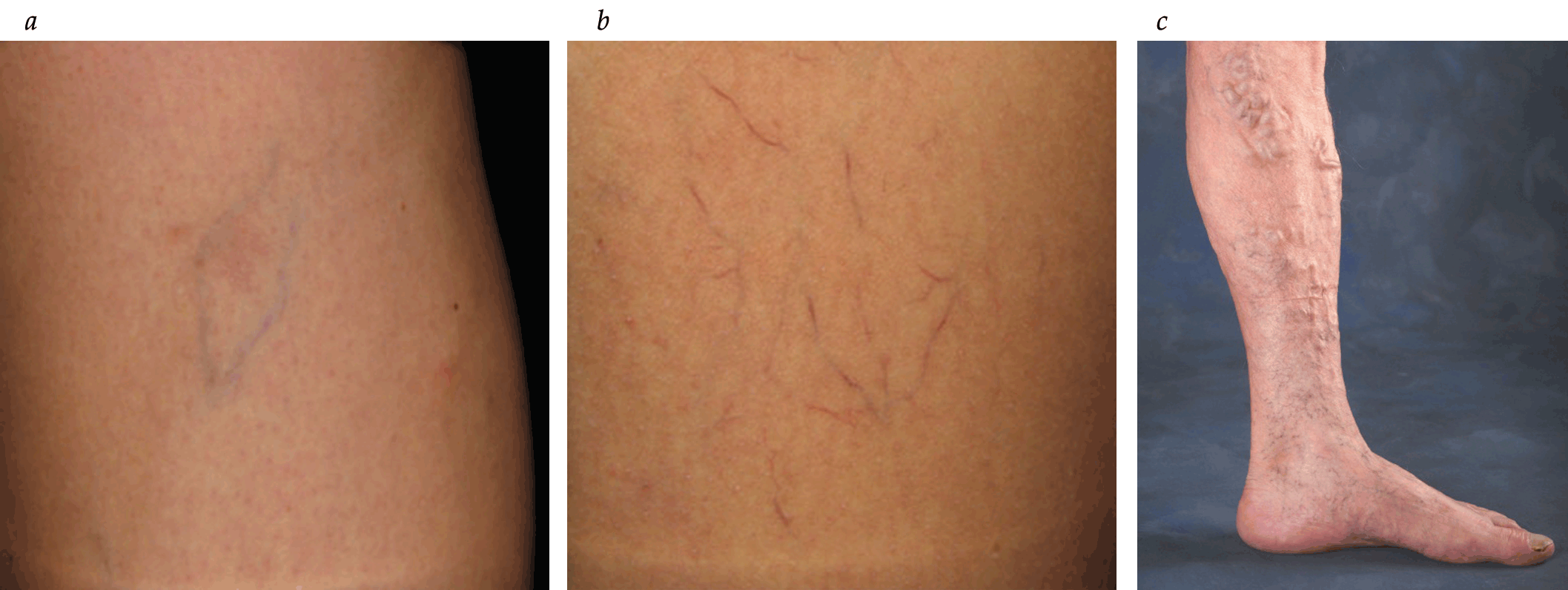

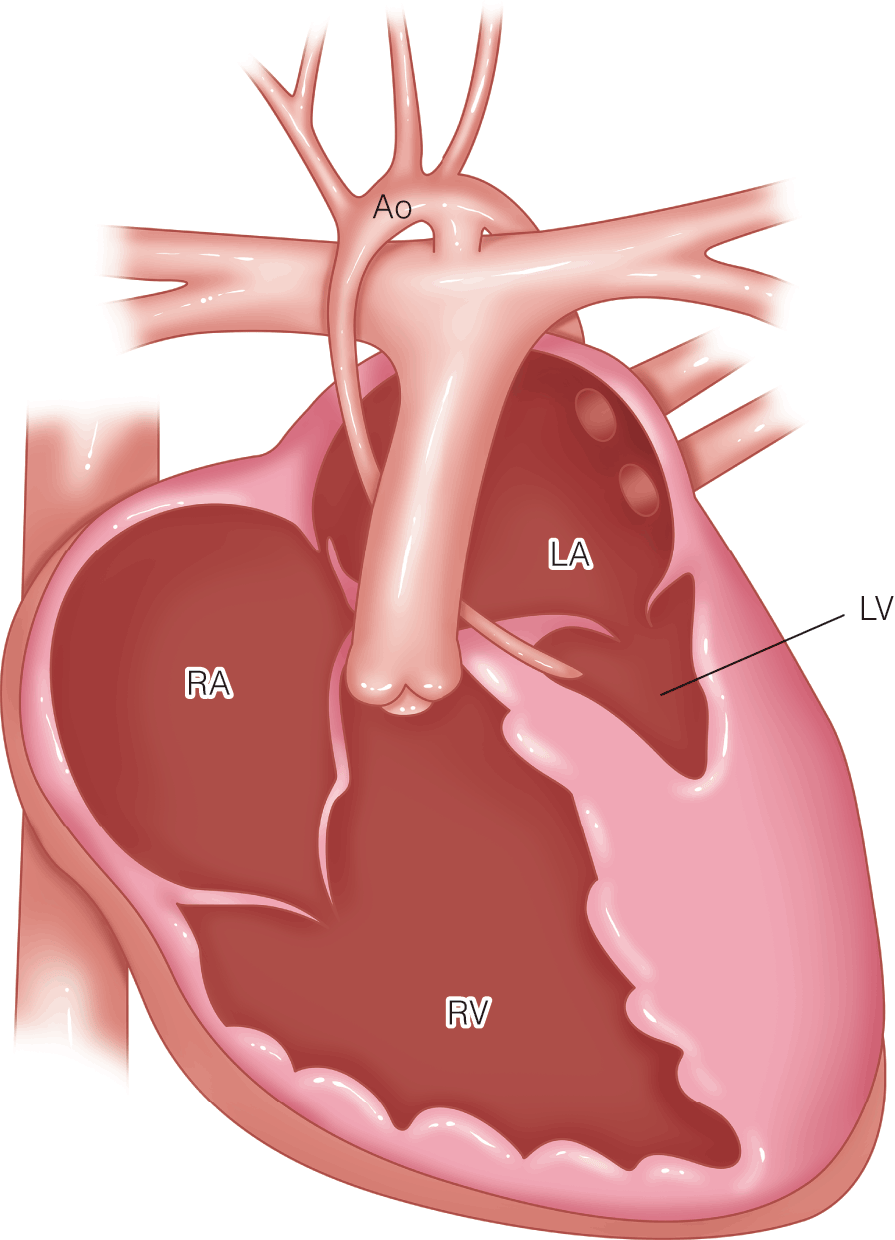
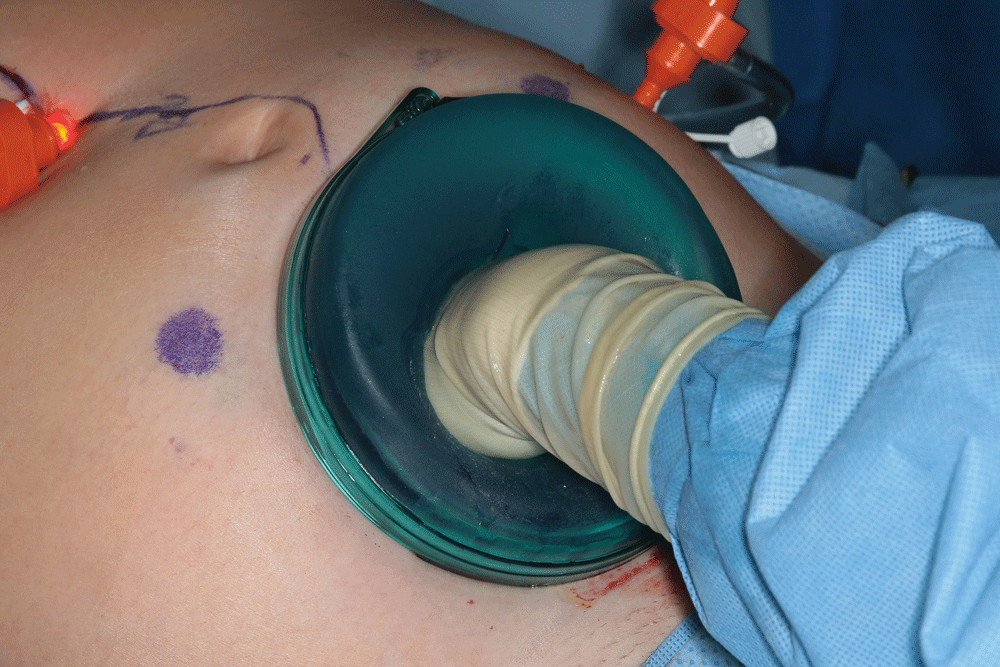
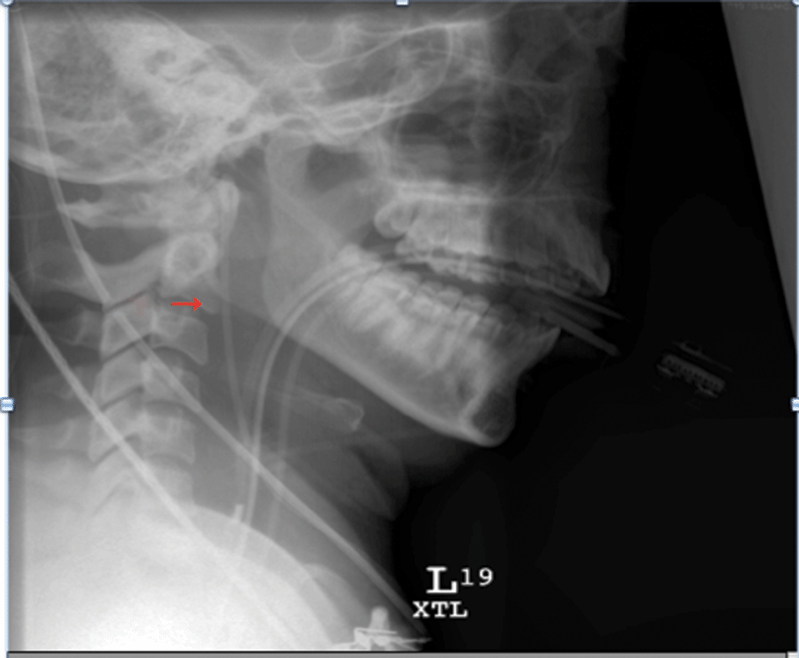


.png)






